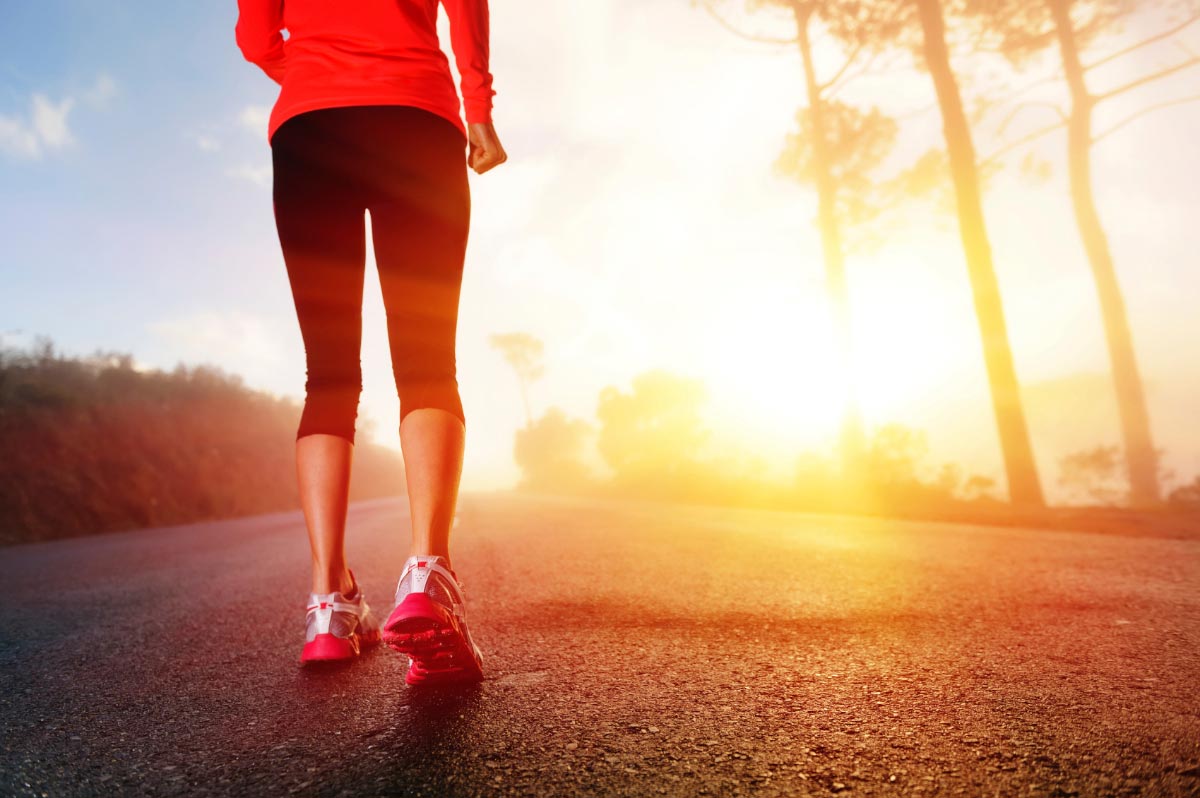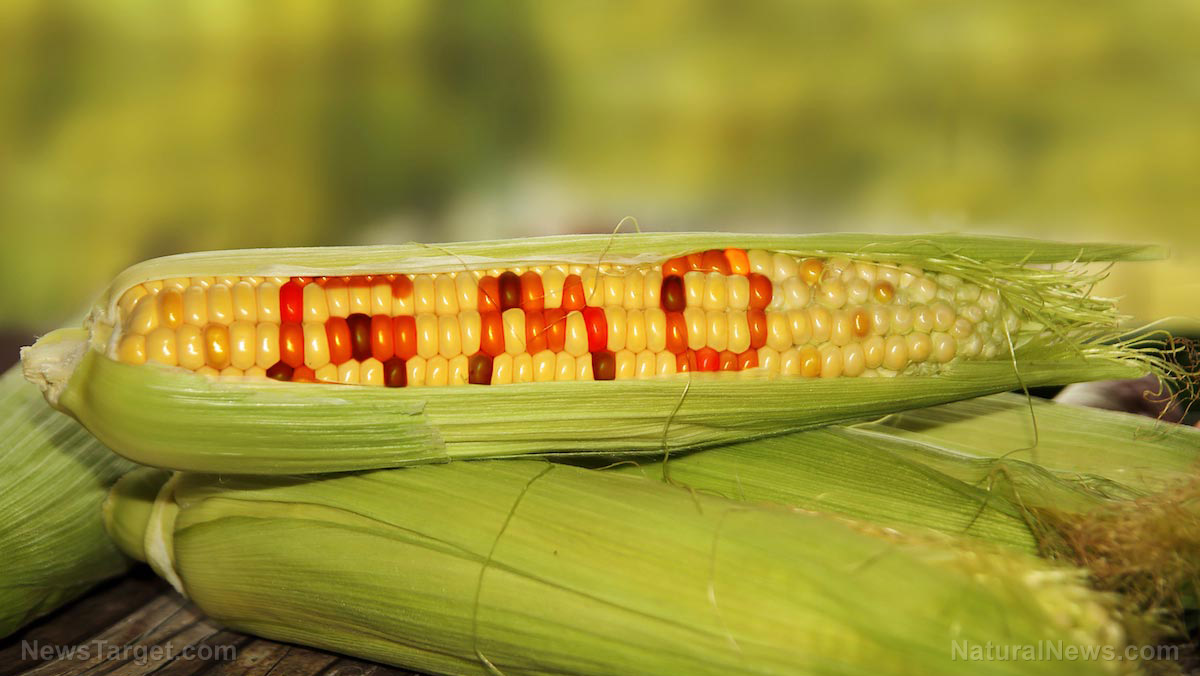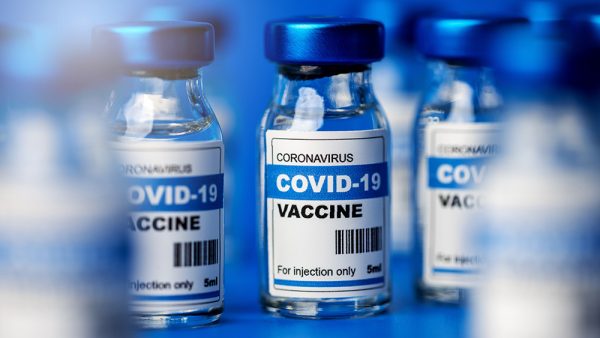Experts warn antibiotics could increase risk of developing kidney stones among children
Kidney stones are on the rise, especially among children, and experts are warning that the use of antibiotics could be increasing their risk.
These hard deposits of salts and minerals that can become lodged in the urinary tract were once thought of as a problem that largely affects older individuals. However, kidney stones have increasingly been affecting younger people, especially teenage girls.
Much of the
research on kidney stones has traditionally focused on adults, but one study published in the
Clinical Journal of the American Society of Nephrology provides some insight into the growing prevalence of this problem.
This research revealed that the annual incidence of kidney stone disease climbed by 16 percent from 1997 to 2012. The sharpest increase was noted among 15- to 19-year-olds. In addition, girls had a 52 percent higher incidence of kidney stones than boys up until the age of 25, at which point it became more prevalent in men. The risk of kidney stone disease overall doubled in the time period studied during childhood for boys and girls alike.
Some of the factors that may be behind this rise include diets that are heavy in ultra-processed foods as well as the increased use of antibiotics.
For example, antibiotics can change the gut microbiome in a manner that fosters the development of kidney stones. One study found that individuals who took any of a group of five common oral antibiotics noted an increase in their chances of developing kidney stones of 1.3 to 2.3-fold, and this risk remained high for as many as five years after stopping the antibiotics. Moreover, the risk was greater for children who received antibiotics at younger ages.
The classes of oral antibiotics included in the study were fluoroquinolones, cephalosporins, sulfas, broad-spectrum penicillin and nitrofurantoin/methenamine.
Made up of minerals such as calcium, phosphorus and oxalate, kidney stones appear as hard yellow crystals that can range in size from that of a grain of sand to a golf ball. While some can be passed through the urinary tract effortlessly, others may become stuck, leading to severe pain and bleeding and potentially preventing urine from flowing.
Unfortunately, the National Kidney Foundation reports that children who develop a kidney stone have a roughly 50 percent chance of going on to form another kidney stone within the next five to seven years. In some cases, invasive surgery is needed to address the damage caused by kidney stones.
Diet is another risk factor, and many experts believe that the unhealthy eating habits of many Americans is contributing to the rise in kidney stones among children. Excessive sodium from foods such as packaged meals, lunch meat, potato chips and sports drinks causes extra minerals to enter the urine and potentially form kidney stones. For children who drink a lot of beverages that are loaded with high-fructose corn syrup and drink insufficient water, the danger is particularly high.
Another contributing factor could be the hot weather, with the number of children seeking treatment for kidney stones in hospitals rising during the summer months. This is because the heat and humidity lead to increased sweating and reduced urination, which gives minerals the chance to clump together in the kidneys and urinary tract. Drinking plenty of water can help counteract this, particularly when the temperatures are high.
New York Presbyterian Morgan Stanley Children's Hospital Interim Chief of Pediatric Urology Dr. Christina Carpenter told
NBC News that a good test for determining whether you're drinking enough water is checking the color of your urine. Ideally, it should resemble a light lemonade shade. If your urine is darker, it generally means you need to drink more water.
For parents who are concerned about their children developing kidney stones, proper hydration, avoiding
unnecessary antibiotics and eating a healthy diet can all help reduce the risk.
Sources for this article include:
ChildrensHealthDefense.org
NBCNews.com
 Parler
Parler Gab
Gab










